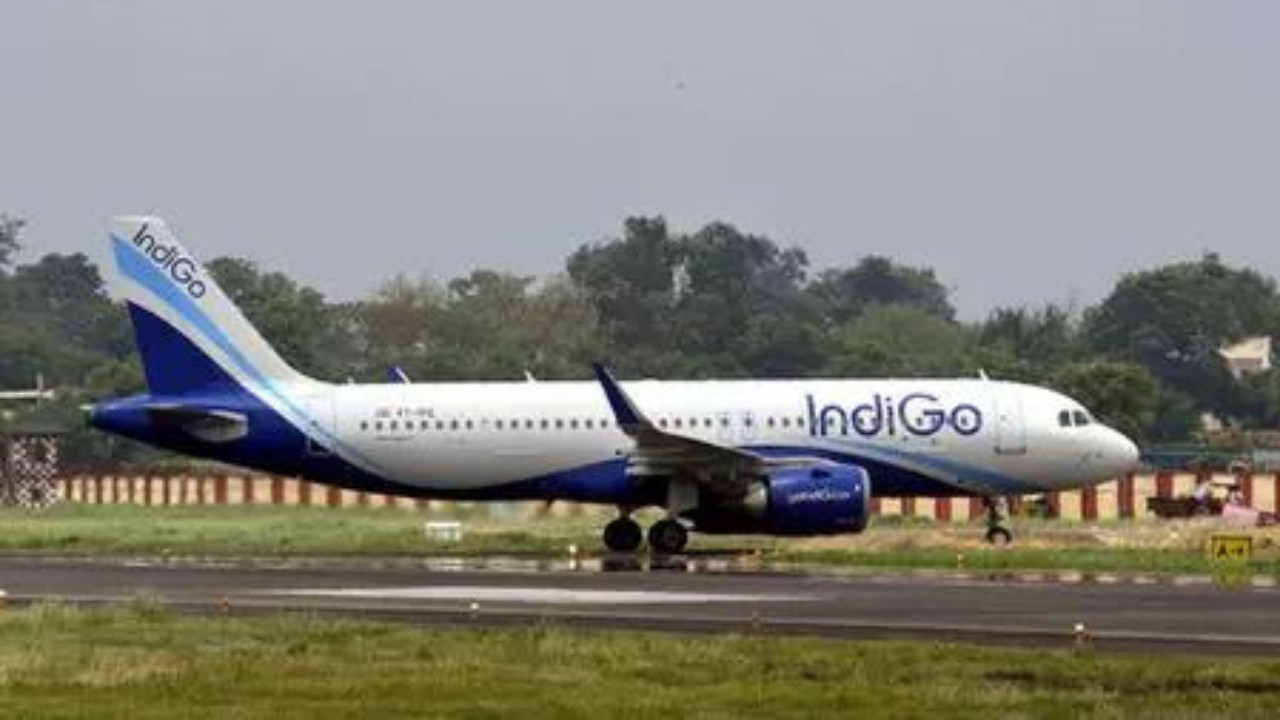Navigating Turbulence: An Indigo Flight Encounters a Tail Strike
The monsoon season brings more than just relief from the heat; it can also bring challenges for aviation. Recently, an IndiGo Airbus A321 experienced a tail strike upon landing at Mumbai’s Chhatrapati Shivaji Maharaj International Airport amidst heavy rainfall. While the incident itself sounds alarming, let’s unpack what this means and put it into perspective.
A tail strike, in simple terms, occurs when the tail of an aircraft makes contact with the runway during takeoff or landing. Several factors can contribute to this, including strong winds, misjudgments in landing flare (the gentle upward pitch just before touchdown), or even an uneven runway. In this particular case, the challenging weather conditions in Mumbai – specifically the heavy rain – likely played a significant role.
<img src="image-of-indigo-plane.jpg" alt="Close-up of an Indigo Airbus A321, used to illustrate understanding of aircraft tail strike events.” width=”600″ height=”400″>
So, what happens after a tail strike? The immediate concern is the safety of the passengers and crew. Fortunately, in this instance, everyone on board the Indigo flight was reported safe. After the incident, the aircraft undergoes a thorough inspection to assess the extent of any damage. This inspection is crucial, as even seemingly minor damage to the tail section can compromise the aircraft’s structural integrity and flightworthiness. Any necessary repairs are then carried out before the plane is cleared for further flights. The Directorate General of Civil Aviation (DGCA), India’s aviation regulatory body, will also typically investigate the incident to determine the root cause and ensure that appropriate preventative measures are taken.
Understanding the Risks and Realities of Tail Strikes
While the term “tail strike” sounds dramatic, it’s important to understand that they are not uncommon in aviation. In fact, modern aircraft are designed to withstand a certain degree of tail strike without catastrophic failure. However, that’s not to diminish the importance of preventing them. Tail strikes can lead to costly repairs, flight delays, and potentially, if left unaddressed, could compromise the aircraft’s safety in the long run. Pilots undergo rigorous training to anticipate and mitigate the risks associated with difficult landing conditions. Simulation exercises and detailed knowledge of aircraft performance characteristics are essential tools in their arsenal.
Weather’s Impact on Flight Safety and Aircraft Tail Strike
The Mumbai incident highlights the profound impact weather can have on flight safety. Heavy rain reduces visibility, makes runways slippery, and can create unpredictable wind patterns. These conditions demand heightened awareness and skill from pilots. Airlines and air traffic controllers constantly monitor weather conditions and may delay or divert flights to avoid hazardous situations. Investing in advanced weather forecasting technology and providing pilots with real-time weather updates are crucial for maintaining safe flight operations, especially during monsoon seasons in regions like India. This event serves as a stark reminder of the complex interplay between pilot skill, aircraft engineering, and environmental factors in ensuring safe air travel. You can read more about [how turbulence affects flights](internal-link-to-turbulence-article).
Moving Forward: Maintaining Vigilance in Aviation Safety
The Indigo tail strike incident serves as a reminder that aviation safety is an ongoing process of learning, adaptation, and improvement. While incidents like these can be unsettling, they also provide valuable opportunities to refine safety protocols, enhance pilot training, and improve aircraft design. The thorough investigation by the DGCA will undoubtedly shed light on the specific circumstances that contributed to the event, and its findings will be instrumental in preventing similar occurrences in the future. Ultimately, a commitment to continuous improvement and a proactive approach to safety are essential for maintaining the high standards of air travel that we have come to expect.







